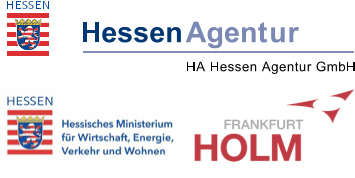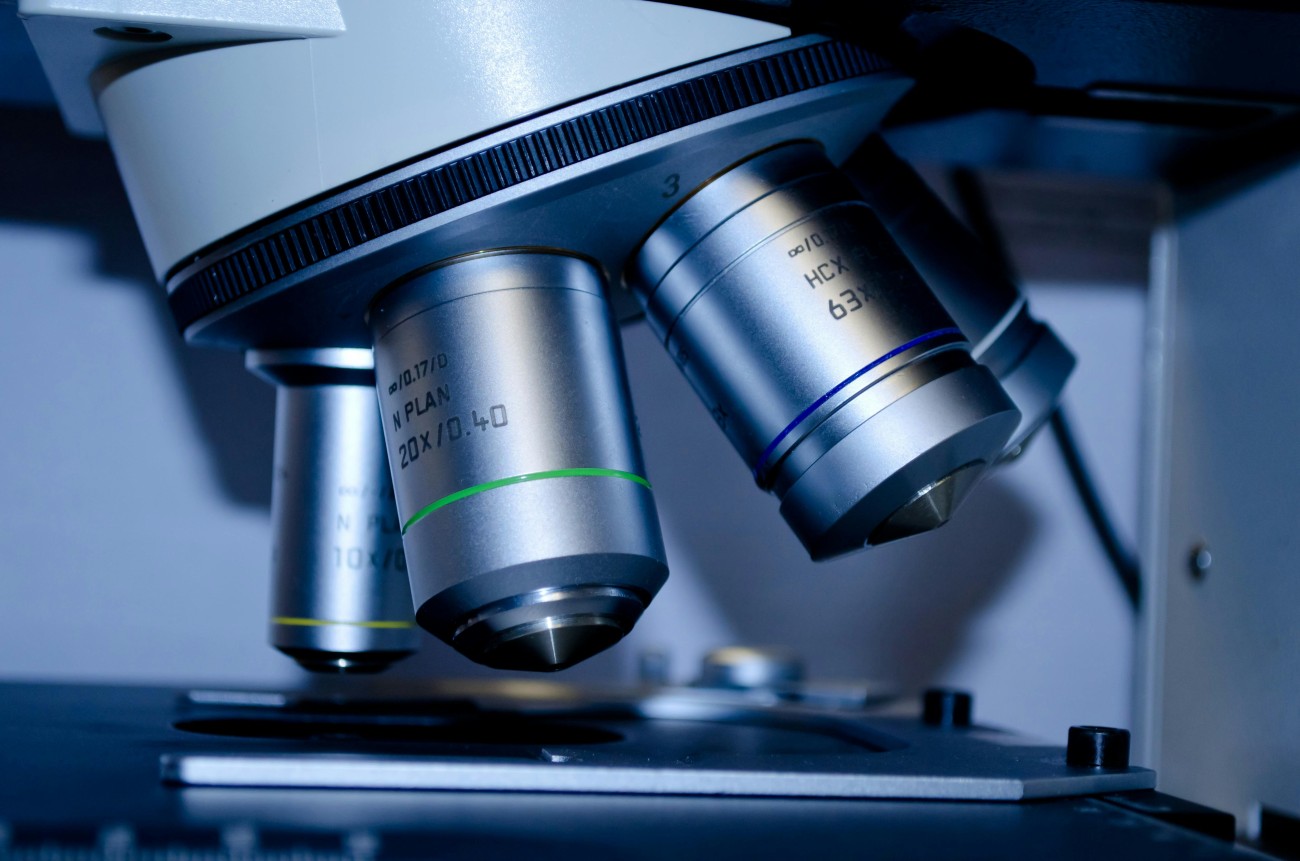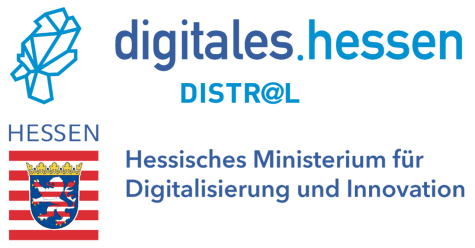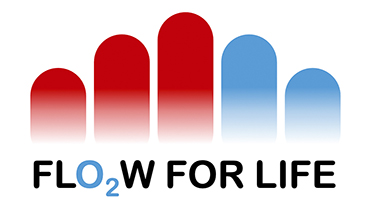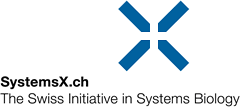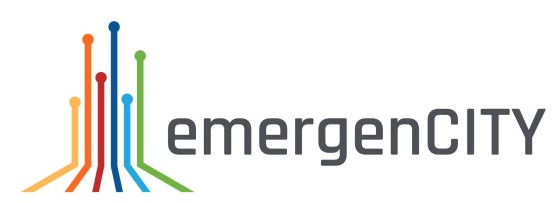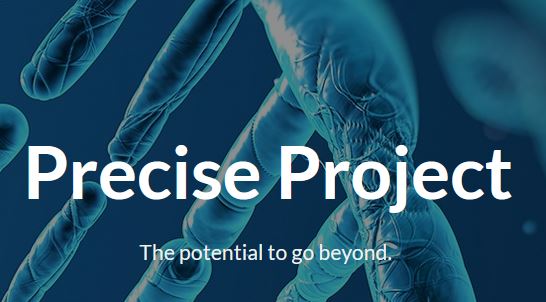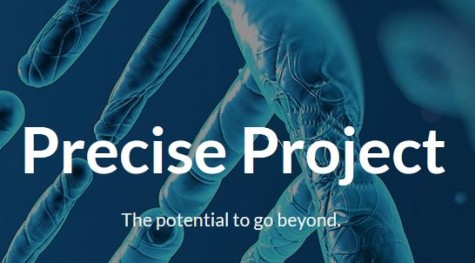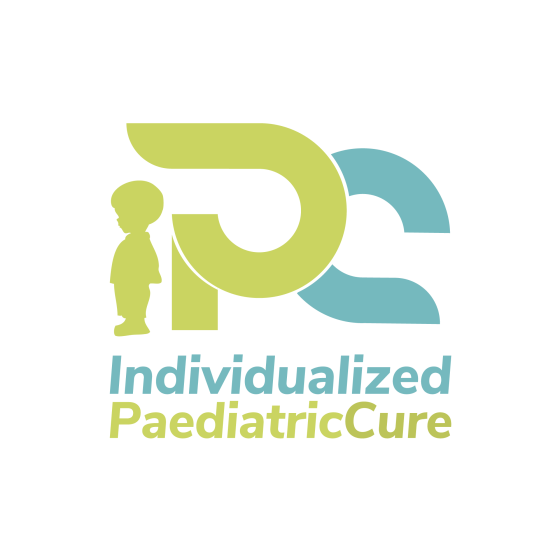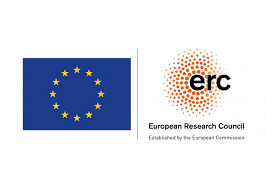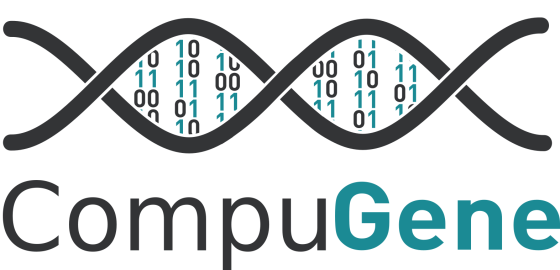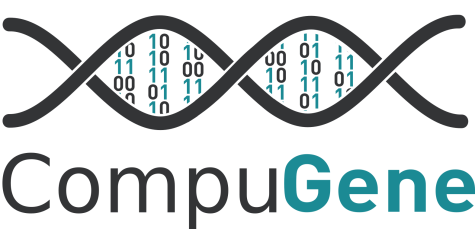Our “Virtual Staining and Pathology Assessment Empowered by Graphical Intelligence” (ViSPAGI) project aims to revolutionise digital pathology. The current process of tissue staining in cancer pathology is labour-intensive, time-consuming and involves the use of harmful chemicals. Typically, a prepared tissue section is first stained with haematoxylin and eosin (H&E) and examined by an expert pathologist. If abnormal tissue structures are detected that may indicate cancer, the sample is further stained for various markers using immunohistochemistry (IHC). ViSPAGI, our AI-driven platform, will fundamentally change the traditional pathology workflow. The ViSPAGI algorithm uses the first analysis and performs an innovative conversion from H&E to IHC staining directly in an image of the stained tissue within seconds – drastically streamlining a process that typically takes hours to days with manual methods. After successful validation in a feasibility study, we are now ready to further develop ViSPAGI and improve it with state-of-the-art AI algorithms. Our goal is to significantly increase its accuracy and efficiency and expand its functionality. This ranges from performing virtual staining of unstained tissue samples (H&E or a wide range of different IHC staining), to automating the segmentation and classification of cancer cells, to introducing the concept of data extension to simultaneously analyse both visual data from staining and textual data from medical records. In addition to its use in practical diagnostics, ViSPAGI will be developed as a learning platform. By generating highly realistic stained tissue samples, students, for example, can perform practical annotation exercises.
There is a close collaboration with renowned pathologists from the Dr Senckenberg Institute of Pathology at Frankfurt University Hospital, who were involved in the preliminary work on ViSPAGI.
The project is funded by the Hessian Ministry of Digitalisation and Innovation in the Distr@l 4a funding line (project number: 24_0015_4A) and will run from 12/2024-11/2026.
